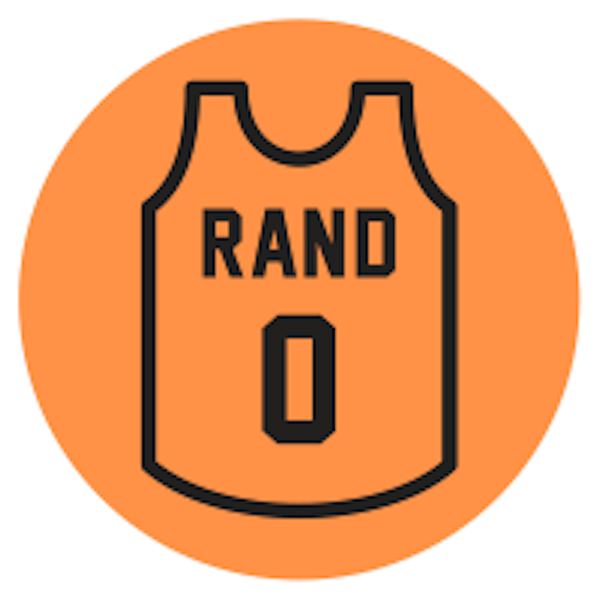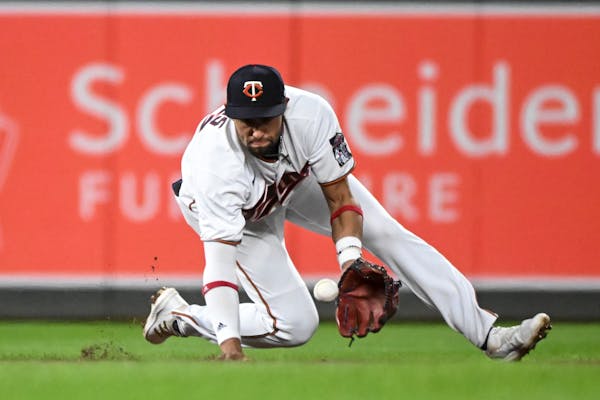On Dec. 13, 2012, the Twins officially signed free agent pitcher Kevin Correia to a two-year, $10 million contract in hopes that the veteran right-hander would help stabilize a pitching rotation that had wilted in 2011 and 2012.
Exactly 10 years later, on Dec. 13, 2022, the Twins lost out on a much bigger free agent with the same (at least phonetically) last name when reports emerged that shortstop Carlos Correa was inking a 13-year, $350 million deal with the Giants.
These are seemingly just coincidences of names and dates, but I am going to try to tie them together anyway under a broad concern: That for the Twins, a mid-market team that will never outspend their large-market rivals, some things never change.
And that just as proved to be the case in the 2012 offseason, it might get worse around here before it gets better.
You'll recall that the Twins that 2012 offseason were coming off of two awful seasons — a 99-loss stunner in 2011 and the 96-loss reality confirmation in 2012 — that were preceded by a decade of competitiveness: six division titles between 2002 and 2010, the last of which came in a brand new and gorgeous Target Field.
The 2012 Twins gave up 832 runs and had starting pitching problems that ran deep enough for Sam Deduno (4.44 ERA in 15 starts) and Cole De Vries (4.11 ERA in 16 starts) to be rotation stabilizers.
Enter Correia and Mike Pelfrey, veterans intended to address the team's biggest weakness. Correia did fine in 2013 (4.18 ERA in 185.1 innings that made GM Terry Ryan proud), Pelfrey did not (5.19 ERA), the offense plummeted and the team once again lost 96 games.
Things were marginally better in 2014, considerably better in 2015, then a total system failure in 2016. It wasn't until 2017 and a wild card berth, followed by a regression in 2018 before back-to-back AL Central titles in 2019 and 2020, that any real hope returned.
And just as soon left in 2021 with a tumble to 73-89, followed by last year's 78-84 finish.
So here are now this offseason, with the Twins coming off two disappointing years that were preceded by a stretch of true competitiveness, just like 2012.
This time around they missed out on Correa, and instead might be resigned to building their roster with relative bargains and hope in the style of Correia.
The rotation is in much better shape — if healthy — than a decade ago, but this lineup as of now has more holes than Miguel Sano's swing.
If Derek Falvey and Thad Levine's best efforts don't yield much tangible progress between now and April, I fear the mid 2020s could be on a parallel track with the mid 2010s.

